Digitization in the 1990s
on
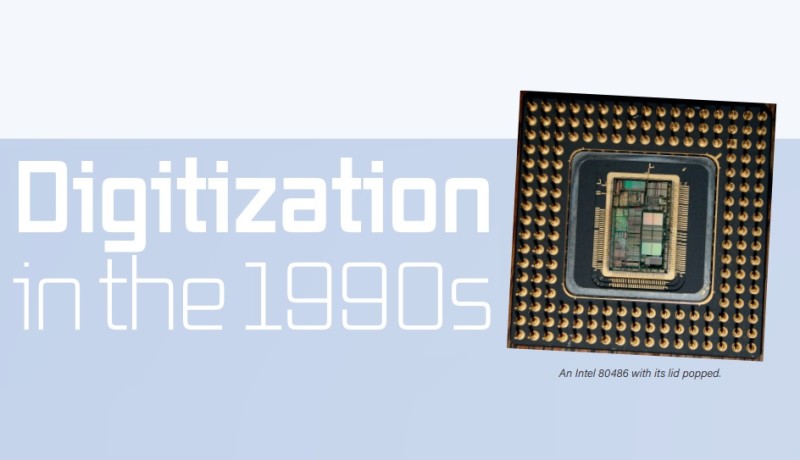
By the 1990s, everything had already been invented, hadn’t it? We already had the CD, so music was digital. There was the optical disc, a kind of giant not-so-compact disc (the size of a vinyl LP) containing digitized video. Even television was now beamed to Earth using ones and zeroes from satellites. So were the 1990s just a natural evolution from the 1980s? Certainly not. Digitization quickly found its way into almost anything and everything, and this made a massive, qualitative difference.
Digitization: A Look Back
Let’s cast our minds back. Towards the end of the 1980s, we witnessed a huge shake up in the shape of Europe with the dissolution of the USSR and the fall of the Berlin Wall that had separated East and West Germany for 28 years. In amongst these geopolitical upheavals, the onward advance of technology continued unchecked. We had reached a point where microprocessors (Figure 1) had become powerful enough to form the processing heart of a fully-fledged personal computer able to run stand-alone applications such as word processors and CAD programs.
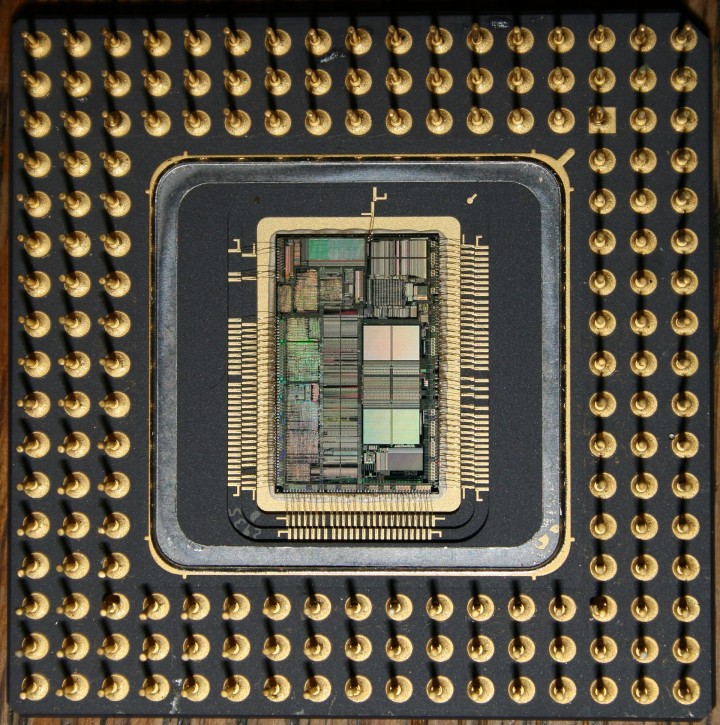
In the early 1990s, the machines were popular amongst engineers and geeks, but in a time before the World Wide Web had arrived (via the telephone line), they had limited appeal to a wider audience.
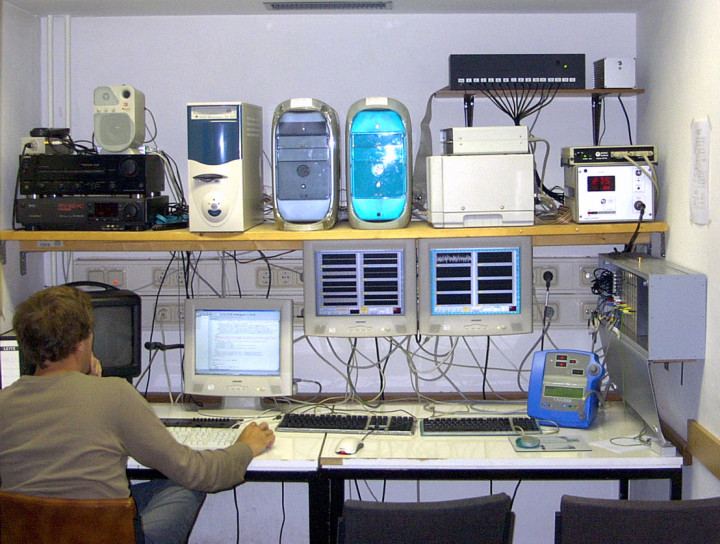
Figure 2 shows the psychological experimental lab I set up at the end of the 1990s, when even the now flat-screen CRT monitors were partly built with semiconductor components. The CRT tube itself has since been retired allowing bulky luggable computers to evolve into slender laptops and notebooks with LC screens (Figure 3).

The 1990s also had an impact on industry and production that should not be underestimated. At this time, it was not only (nuclear) power plants that were controlled completely electronically, but increasingly we saw entire production plants built to facilitate automation. So-called process or industrial automation has made the production of goods more efficient, quicker, and cheaper. What started in the 1990s is truly impressive today: if you ever get the chance to visit a modern car production facility, you will be amazed. The cavernous halls are full of robots and other automated systems — with a minimum number of operatives and just a few people to keep an eye on things.
Microprocessors
From these came microcontrollers (Figure 4 and Figure 5), which were now being used to replace and simplify complex electronic control systems or even just make the necessary control possible in the first place. When it comes to circuit development and prototyping the soldering iron was now being dispensed with while engineers got to grips with writing code. Microcontrollers were not only used for purely digital applications but increasingly for everything else that had to do with measuring, testing, and controlling. Analogue signals can be digitized, processed and, when required, converted back to analogue again. There are hardly any areas of electrical control or processing that have remained untouched by the switch to digital. Since its inception, the internal combustion engine has used a simple contact breaker and HT coil setup to generate ignition sparks, but during the 1990s, an ‘engine control unit’ took over. Its computers use engine characteristics stored in memory and information from sensors to generate optimal ignition timing. Predictions at that time indicated the supply of microcontrollers worldwide would soon outnumber the population of the planet. That quickly became the case and annual microcontroller production currently stands at around three times the global population.
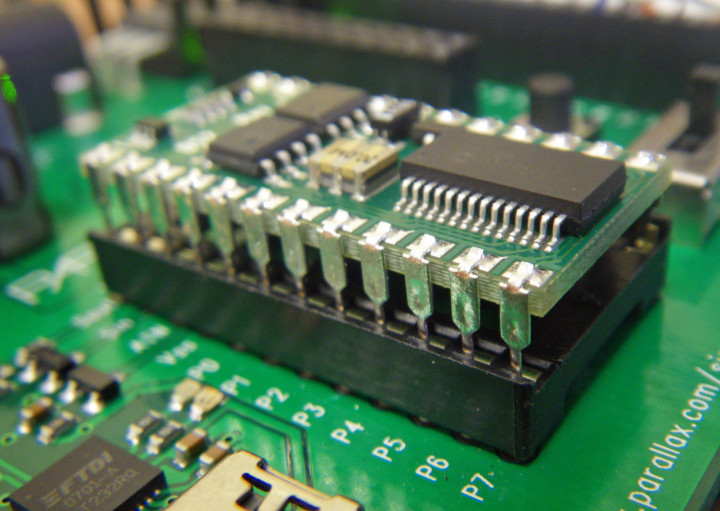
While researching subliminal optical perception of emotional stimuli in 1994, I used BASIC Stamp microcontrollers to provide millisecond control of LCD shutters which allowed switching between projected images. Atmel’s more modern RISC microcontrollers came to the market a little later. The AT90S8515 chip shown in Figure 5 could be regarded as the granddaddy of the ATmega MCUs, which heralded the Arduino boom.
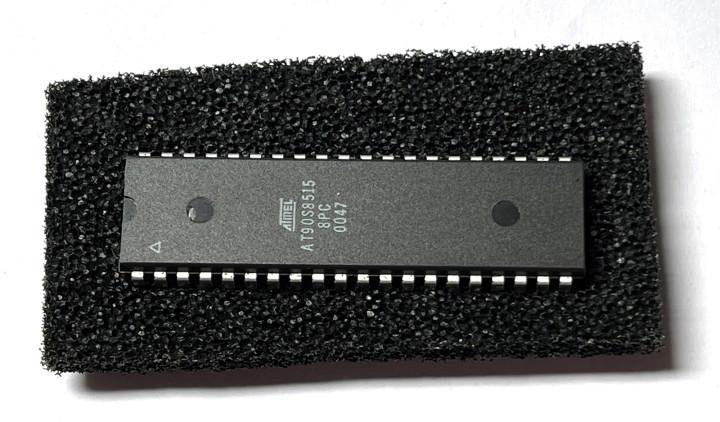
Radio Systems
Another key development during the 1990s was the installation of digital radio networks. Wireless telephony had been around for decades in industrialized countries, but the underlying technology was analogue. That system provided capacity for a small number of users and made the technology and its operation expensive. In the 1980s, mobile phones were heavy, unwieldy and, as ‘car phones’ were more of a status symbol. That changed with the nationwide deployment of GSM networks in Europe and CDMA in the US. Thanks to data compression, digital transmission, and automatic switching, these cellular, digital networks supported many parallel calls in the same frequency band at low cost. Tiny digital chips enabled small devices, and cell phones (Figure 6) became a product for the masses. The progressive packaging of passive components as SMDs also played a major role in product miniaturization here. The first operational D network in Germany became active in 1992 and similar ones in other European countries and the US. The first electronic communication via SMS soon became possible.
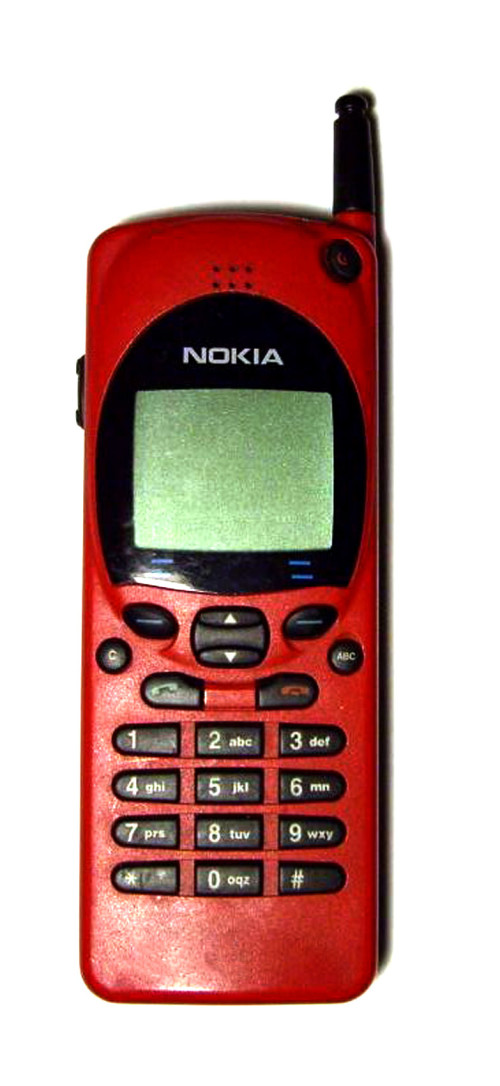
Today, wireless networks are fundamental to the emergent Internet of Things. Many modern devices are now linked to the Internet by radio. Maybe it won’t be long before a crate of beer is able to order a restock when we get down to the last few bottles. All of these developments are based on radio technologies and transmission standards that were formalized in the 1990s.
Communications
In addition to radio communications, other channels are also now available. With the Internet came e-mail, both of these facilities were initially only available to universities at the beginning of the 1990s, but shortly afterward became more widely accessible. HTML appeared almost at the same time as the first GSM networks — the World Wide Web was born. The latter is likely to have been the central milestone of the 1990s not only for electronics engineers but for all of humanity because the profound changes it initiated are still ongoing.
The modern Internet is of course not conceivable without the advances in computer technology, and these are based on the achievements of semiconductor production and the ever-advancing miniaturization. In retrospect, the last decade of the 20th century is definitely one of the most important periods with the greatest influence on human progress.
As already mentioned, the Internet as we know it today grew from its use in colleges, universities, and research institutes. In the beginning, data rates were modest; in 1993, the entire University of Marburg was connected to the World Wide Web via a 2 Mbit/s link. At that time, the first website of Apple’s German subsidiary had the capacity of two ISDN channels (i.e., 128 kbit/s). At the beginning of the 1990s, private Internet access was still billed by the minute and typically came into the home via a dial-up modem sending data at 9,600 baud over the telephone line. Figure 7 shows a fax machine of the period which runs slightly faster at 14,400 baud.
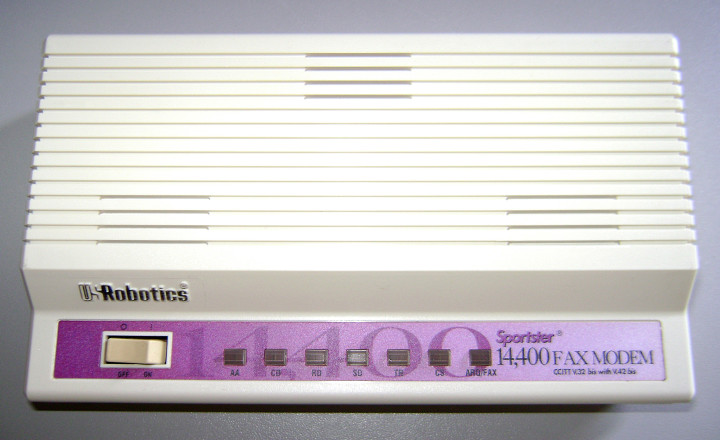
In Germany, a digitized telephone network was used from around 1990, which was heavily promoted by Telekom. This comprised of two 8-bit voice channels sampled at 8 kHz on a single telephone line with ISDN. These channels were also suitable for data transmission and could be bundled. In the last half of the 1990s, I subscribed to the ISDN connection with an ISDN modem connected via a router for my two computers. I was officially an ‘early adopter’; uptake of a private Internet connection did not become widespread until the next decade.
In the 1990s, many companies and universities in Europe used coaxial cable to hook up to the network. This led to PCs with T-pieces and stub lines with BNC plugs all hung on the one cable. The early Ethernet cards like the one in Figure 8 even offered both BNC and the more practical RJ45 socket for star cabling via a hub.
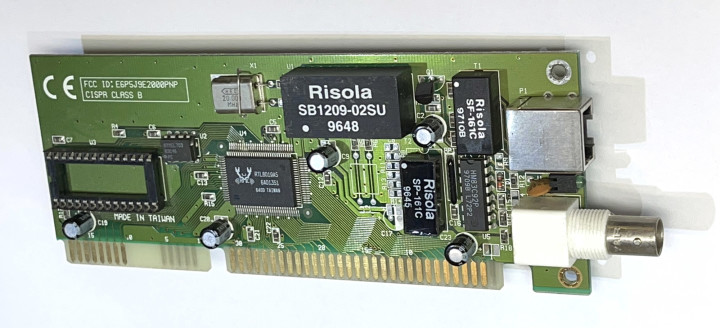
The Base: Chips
The basis for the rapid technical development in the 90s was the enormous progress in the miniaturization of semiconductor structures. Moore‘s Law [1] was already in its fourth decade; Moore was right with his prognosis that the complexity of ICs — measured in transistors per chip — should double every two years (see Figure 9). What is even more astonishing is that his law is still valid even today. From the initial count of around 100 transistors in 1965, we have now reached almost 10 x 109 = 10 billion transistors in today’s Intel and AMD CPUs.That works out as an increase by a factor of 100 million in 55 years. Pretty impressive!
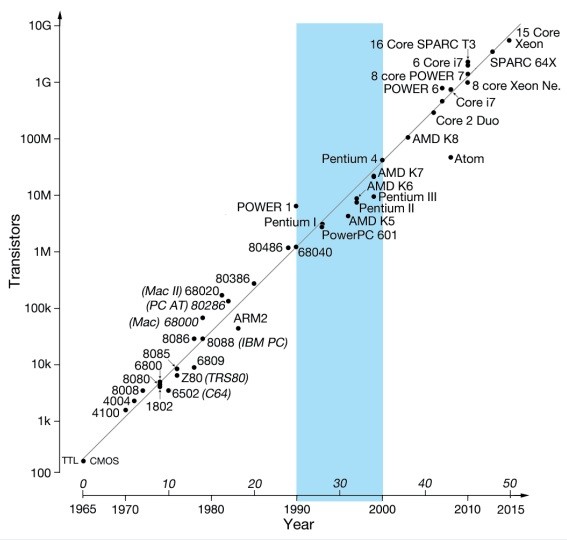
In order to achieve such increases, ever smaller structures are necessary for semiconductor production (see Figure 10). Silicon wafers have long since ceased to be exposed using visible light, but in a very complex manner with much shorter-wavelength light using EUV-permeable ceramic lenses. Today, a conductor track will only be a few atomic layers wide. In the 1990s, however, high-tech in the submicron area was much easier to manufacture using more conventional processes, which is why there were more semiconductor fab plants (= competition) than today.
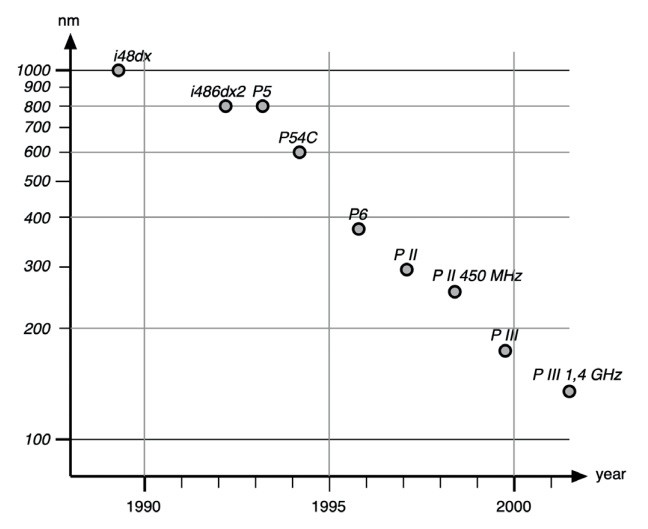
With all these advances, the ever-greater computing power is certainly important. In 1999 the Athlon from AMD broke the 1 GHz clock rate for the first time. No less important, however, is the ever-lower energy consumption in relation to computing power. Microcontrollers designed in the 1990s already had a sleep mode with current consumption in the microamp (µA) range, which makes them ideal for battery operation and suitable for a wide range of applications.
Electronics Nirvana?
So, what has changed for electronics engineers? From my own experience, I can remember back in the 1980s when moving house I needed to box up a large number of crates with the hundreds of valuable datasheets, data books, and electronics literature as well as umpteen volumes of Elektor magazines every time. I was always surprised how heavy all that paperwork was. In the 1990s, most of that information was now just a click away on the Internet. One day I decided to rationalize my information heap and recycle most of it to the local amenity tip. The items remaining are my collection of Elektor mags and the German engineer’s bible Electronic Circuits by Tietze & Schenk.
Now, when developing electronic circuits, I can download the necessary datasheets directly from the manufacturer. Searching for relevant information was now (almost) instantaneous. And developing a circuit now no longer just meant drawing circuit diagrams by hand, but drawing them with the appropriate CAD software. Finally, I am also able to produce nice board layouts with the help of a computer. There were also the first circuit simulators and other tools that made life easier, made work more productive, and less frustrating. For my work at Elektor in the early 1990s, I received texts and pictures on floppy disk, and after editing they went back on the return journey via “snail mail” (if time was tight, they were faxed). At the end of the 1990s, everything was much faster and more convenient by using email attachments. Shortly before the turn of the millennium, I swapped my bulky 19” CRT-based monitor for a 17” LCD model. Its 1,280 × 1,024 pixel resolution offered such brightness and clarity I thought I had been transported to electronics nirvana. How could things possibly get any better?
Dr. Thomas Scherer first completed an apprenticeship as a Telecomms Technician and then from 1980 worked in the editorial department at Elektor. After studying psychology and spending a few years in basic research, he has been working as a freelance author at Elektor for decades. He has a large electronics lab, and is interested in pretty much everything that has to do with electricity.
More on Digitization and Digital Revolution
This article about digitization first appeared in the special November 2021 edition of Elektor. Curious about the digitization topics that were appearing on the pages of Elektor back in the 1990s? Let’s take a look at a list of some selected Elektor articles from this period.
- Plotter Mark II (Elektor 3/1990): The decade started with the homebrew design of a peripheral device for the now almost ubiquitous PC. This plotter has an X drive for the spindle and a Y drive for the roller. Standard stationery pens are pressed onto the paper surface in the Z-axis. www.elektormagazine.com/magazine/elektor-199003/32084
- Real-Time Clock for Atari ST (Elektor 6/1991): In addition to IBM-compatible PCs, other brands of home computer were still very popular at the beginning of the 90s. One of them was the Atari ST based on the 68k processor from Motorola. It’s hard to believe: after every switch-on you had to set the time and date manually, otherwise backed up files would have the wrong time/date stamp. To remedy this, Elektor described a self-build real-time clock in June 1991. www.elektormagazine.com/magazine/elektor-199106/32378
- 20-bit A-D converter (Elektor 12/1996): Of course, not everything that appeared in Elektor in the 1990s was computer technology. High-end audio was also an issue again and again. Here in digitized form: Thanks to its 20 bit resolution, an external audio DAC offered significantly better technical performance than the integrated output stages, for example in CD players: With distortion levels of only 0.002% and a signal-to-noise ratio > 115 dB, this was an impressive spec for a self-build device. www.elektormagazine.com/magazine/elektor-199612/33705
- Lots of Topics and Contributions: With the 1999 vintage, as is often the case, you can’t really choose a single project which reflects the state of electronics for that era. The content pages of Elektor October 1999 edition seems to me to sum up the state of electronics at the end of this decade with highlights, representing relevant topics of the time. There is information about the CAN bus which has now been widely adopted for use in many different environments. In addition to microcontrollers, HF is not overlooked either. A complete circuit board with hardware and software for stepper motor control is described. And of course it wouldn’t be Elektor without a battery charger circuit. www.elektormagazine.com/magazine/elektor-199910


Discussion (2 comments)